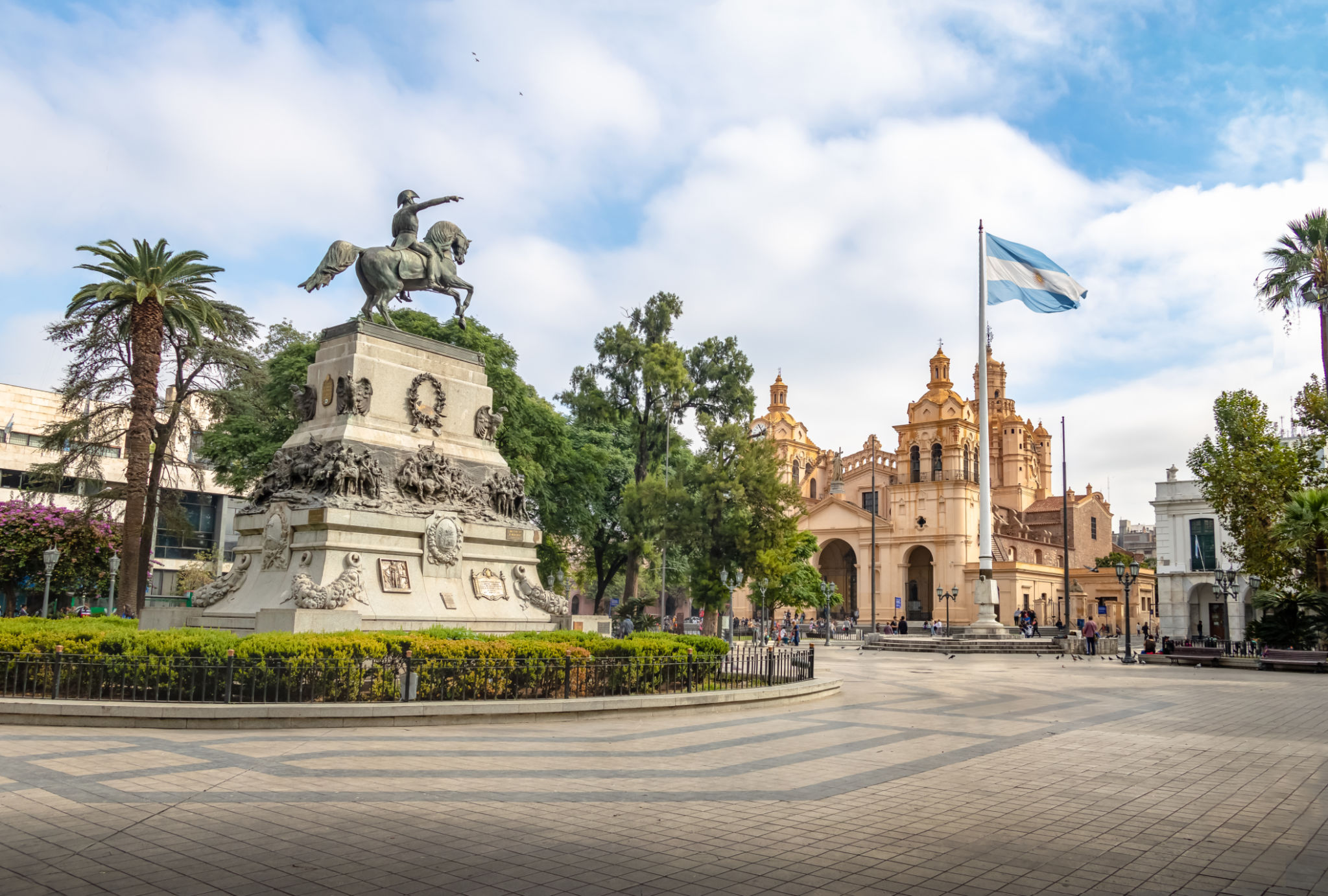Expert Insights: Navigating the Challenges of Architectural Design in Argentina
Understanding the Architectural Landscape of Argentina
Argentina is a country rich in history, culture, and architectural diversity. From the colonial structures of Buenos Aires to the modern skyscrapers of Córdoba, the architectural landscape is as varied as the country's geography. Navigating the challenges of architectural design in Argentina requires not only creative vision but also a deep understanding of local regulations, environmental considerations, and cultural influences.

The Impact of Local Regulations
One of the primary challenges faced by architects in Argentina is adhering to local building codes and regulations. These laws are designed to ensure safety, sustainability, and harmony with the surrounding environment. However, they can also present obstacles that require innovative solutions. Architects must work closely with local authorities to ensure that their designs meet all legal requirements without compromising on creativity or functionality.
Embracing Environmental Sustainability
With increasing awareness of climate change and environmental sustainability, architects in Argentina are under pressure to incorporate green building practices into their designs. This means using sustainable materials, implementing energy-efficient systems, and considering the ecological impact of their projects. The challenge lies in balancing these sustainable practices with budget constraints and client expectations.

Incorporating Cultural Influences
Argentinian architecture is heavily influenced by the country's rich cultural heritage. From the Spanish colonial era to the modernist movements of the 20th century, each period has left its mark on the architectural landscape. Architects must weave these historical elements into their designs while also considering contemporary trends and the unique identity of each region.
The Role of Technology in Modern Design
Advancements in technology have revolutionized architectural design, providing new tools and techniques to overcome traditional challenges. In Argentina, architects are increasingly using digital modeling, virtual reality, and other technological innovations to enhance their design processes and improve project outcomes.

Collaboration and Community Engagement
Successful architectural projects often involve collaboration between architects, clients, and the community. In Argentina, engaging with local communities can provide valuable insights and foster a sense of ownership and pride in new developments. Architects can benefit from understanding local needs and preferences, which can lead to more culturally resonant and accepted designs.
Adapting to Economic Fluctuations
The economic landscape in Argentina can be unpredictable, affecting construction costs and project feasibility. Architects must be adaptable and resourceful, finding ways to deliver high-quality designs within tight budgets. This often involves negotiating with suppliers, exploring alternative materials, or phasing projects over time to manage costs effectively.

Conclusion: The Future of Architecture in Argentina
The future of architectural design in Argentina is bright, filled with opportunities for innovation and creativity. By navigating regulatory frameworks, embracing sustainability, and respecting cultural influences, architects can create structures that not only enhance the built environment but also enrich the lives of those who inhabit them. As new technologies emerge and economic conditions evolve, the architectural landscape of Argentina will continue to transform, offering endless possibilities for those willing to rise to the challenge.